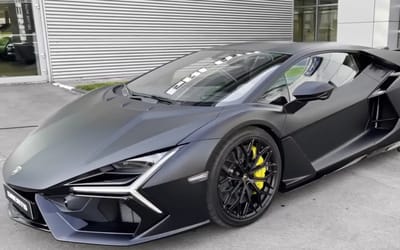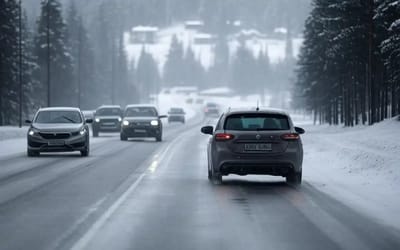Boston has put AI to its best use yet by fixing stop-and-go traffic
- Boston has partnered with Google to reduce traffic
- It’s part of Google Research’s Green Light project
- The project also reduces carbon emissions
Published on Aug 12, 2024 at 5:26 PM (UTC+4)
by Nalin Rawat
Last updated on Aug 12, 2024 at 7:14 PM (UTC+4)
Edited by
Amelia Jean Hershman-Jones
The city of Boston is using artificial intelligence (AI) to reduce traffic congestion and carbon emissions.
The true goal is to help in our day-to-day lives, but it hasn’t been that helpful yet.
However, this has got to be the most useful implementation of AI yet.
DISCOVER SBX CARS: The global premium car auction platform powered by Supercar Blondie
AI reduces traffic
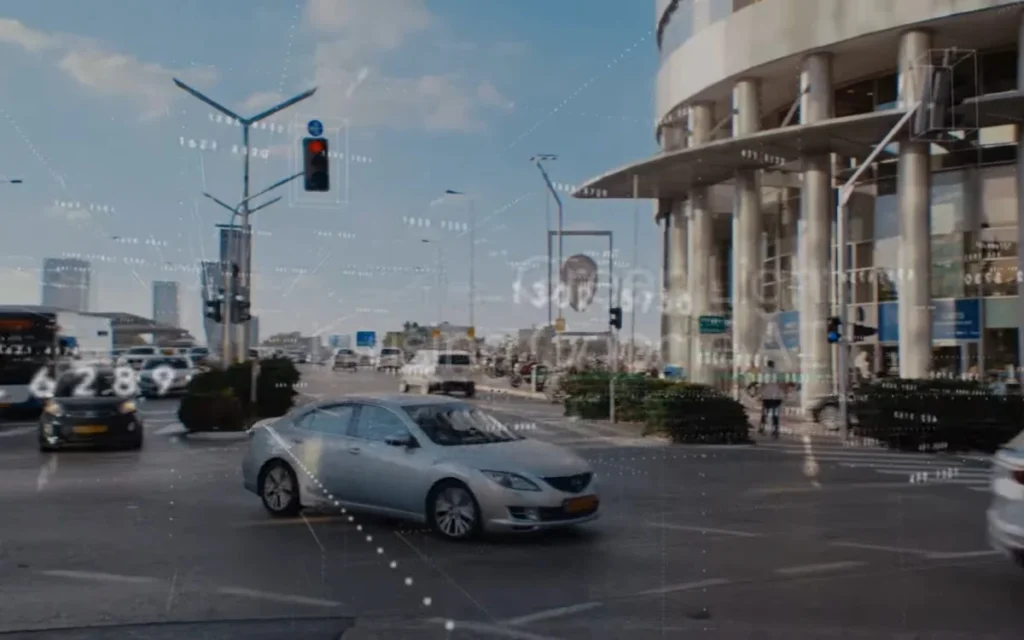
The city has analyzed traffic patterns and signal timing data from hundreds of intersections in Boston using AI software.
Using this data, the software gives recommendations to improve the traffic flow within the city.
Engineers from the Boston Transportation Department have tweaked the signal lights at four intersections in the city.
Due to this, city officials have noted a 50 percent reduction in stop-and-go traffic at two separate busy intersections.
This is not the first time that authorities have used artificial intelligence, as even the police are now using the technology to hunt ‘suspicious’ drivers on the road.
Google Research’s Green Light project
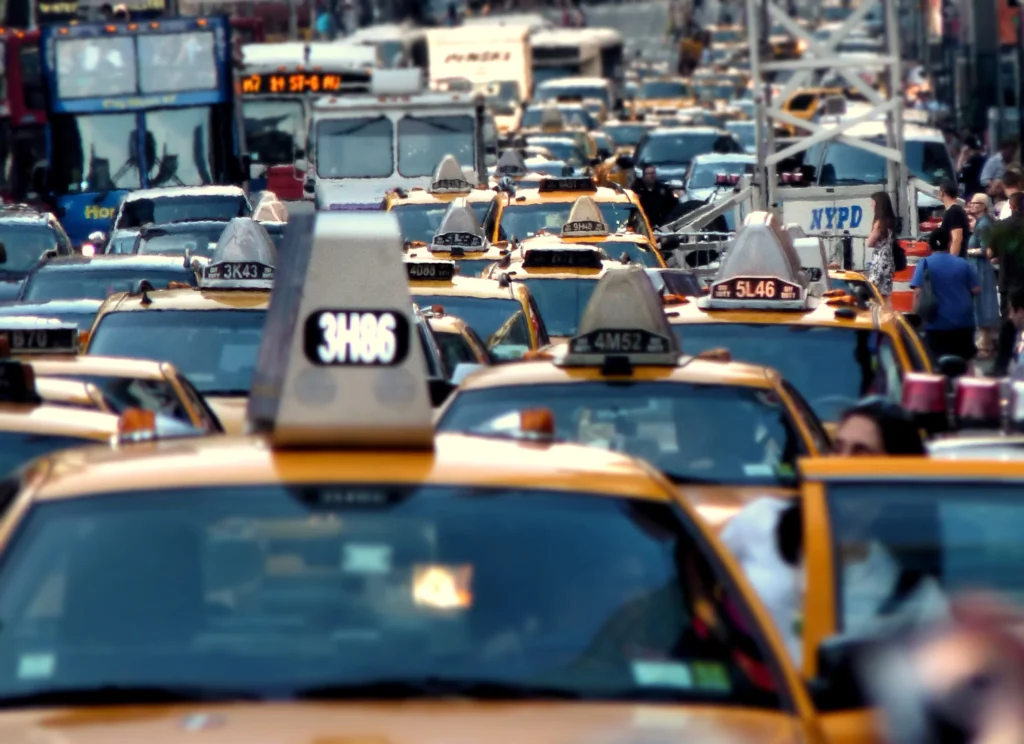
This undertaking is also a collaboration between the city and Google Research’s Green Light project.
The project also uses AI and Google Maps to measure everything that affects a city’s traffic.
This includes traffic light wait times, vehicle speeds, stop-and-go patterns, etc.
The collected research data is then used to create a plan for improving traffic congestion and carbon emissions.
We are already seeing AI taxi cars taking over normal drivers and now this might be the next step towards progress.
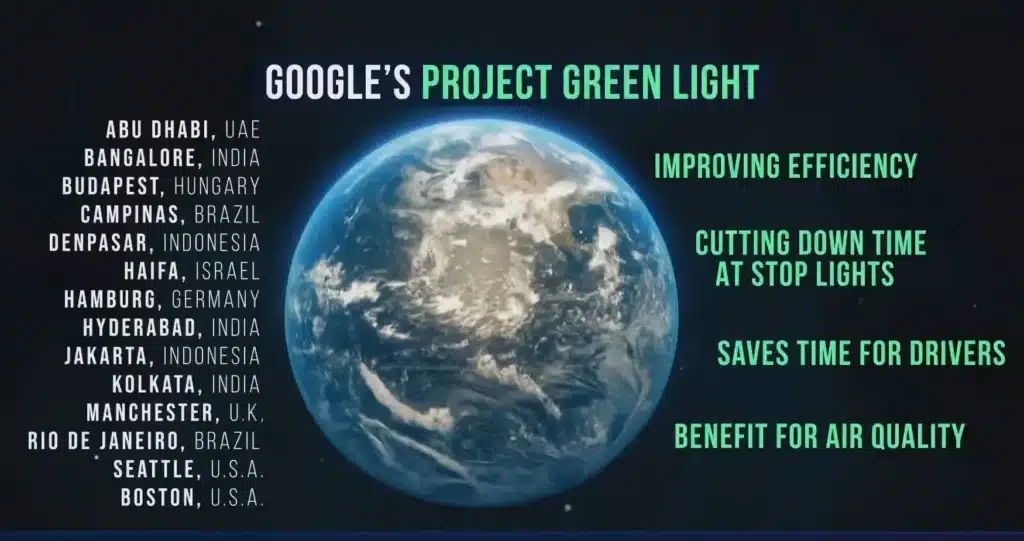

Other Green Light city partners have also experienced a 10 percent reduction in carbon emissions.
Although the service is free to use, only two US cities – Boston and Seattle – have started implementing the technology.
“It provides our traffic engineers with important data to tweak a signal by seconds, which can help reduce congestion along a corridor,” said Jascha Franklin-Hodge, Boston’s chief of streets.
Soon, we will also start to see self-driving flying taxis, which will reduce on-ground traffic even further.
In similar news, this groundbreaking ‘protected intersection’ looks extremely confusing but it’s helping to keep vehicles, cyclists, and pedestrians safe.

Nalin started his career by working with various national newspapers in India. He has also worked as a writer/editor for many popular websites, while still pursuing his journalism and mass communication degree. Working as a digital nomad has allowed him to inform and educate through his work. When he is not writing, you can find him playing video games or travelling the mountains on his bike.

